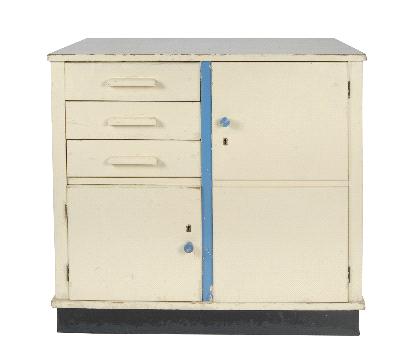
Seriously, if you're anything like me, you'd think Munich's OG delights began with McRibs and ended with fried, bubbly apple pies at the McDonald's in front of the airport. Turns out there's an awesome design auction house at every rest stop on the Autobahn, and two outside every train station. And there's enough sweet vintage kid furniture to fill the boot of every station wagon in town.
Here's just a sampling of the stuff that's passed through Von Zezchwitz Kunst Und Design the last few years, in no particular order:

Above and up top, two thirds of a 1928 nursery set by leading Bauhaus carpentry and woodworking professor Erich Dieckmann, which sold in 2009 for EUR1900. The third piece is a plain, little play table.

This uncredited Austrian kid's chair from around 1925 is awesome in a Wiener Werkstatte kind of way; if there was a chance it was really by Josef Hoffmann, it probably would've sold in 2007 [est. EUR 400-500].
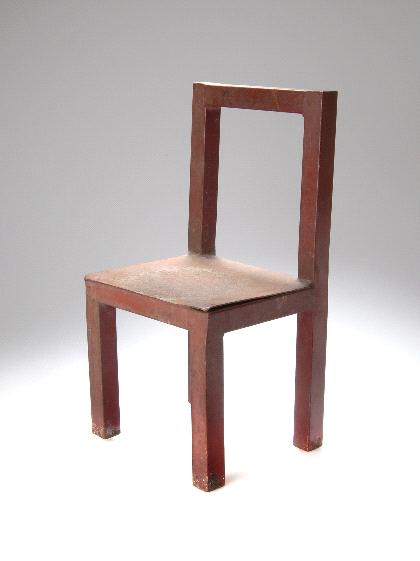
This c.1928 chair's about as harsh as I'd expect from a German kindergarten. It sold for EUR190 in 2006.
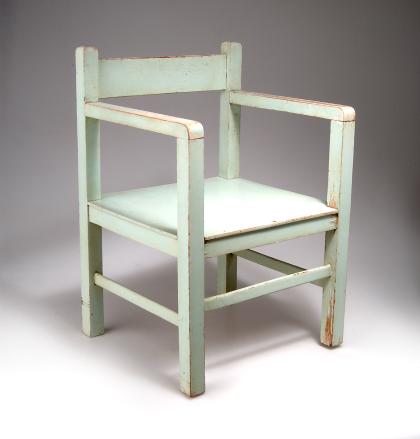
In context, it makes this 1930 armchair [with what appears to be the original finish] look like a freakin' rococo La-Z-Boy. Actually, what it looks like is rougher approximation of an Erich Dieckmann chair. At EUR200 in 2004, I'd guess an actual Dieckmann attribution is not to be expected.

Meanwhile, by 1935, this is how far the archetypal German kindergarten chair had evolved: not far enough to break the EUR240 estimate in 2007.
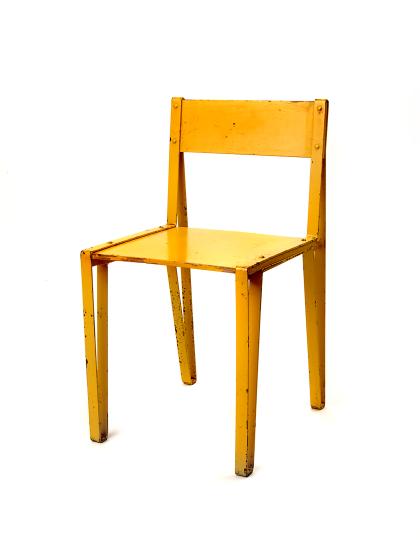
Maybe it was the watchful stewardship of the German occupying forces, but I can't imagine a steel band chair being sold anywhere in 1940, much less in France. But there you are, EUR180 in 2004.
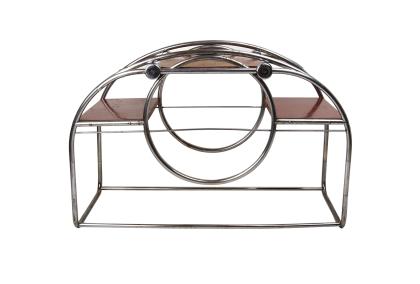
Holy smokes, this tops them all: a Czech-designed, convertible kid's table in tubular, chromed steel and wood that puts the much later Schaukelwagen to shame. A version [above] sold in 2005 for EUR1600 flipped over from a playtable to a rocking/see-saw game. But just a couple of years later, a 1935 variation turns up with mesh sides that switches from a table to a crib! Too weird for bidders, in fact, who only took it to EUR400.
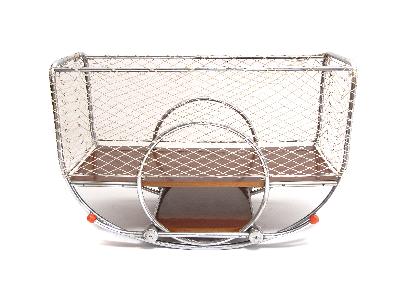


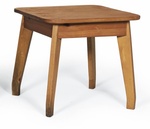


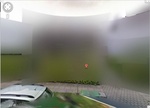
The series follows the adventures of 14-year-old Jimmy, a happy-go-lucky teen who makes it his mission to find fun everywhere he goes. This is a challenge because Jimmy lives in Miseryville, the unhappiest town around, run by the megalomaniacal Lucius Heinous the Seventh. Miseryville has one main industry: Misery Inc., purveyors of putrid products guaranteed to cause grief; and they do not come with a money back guarantee